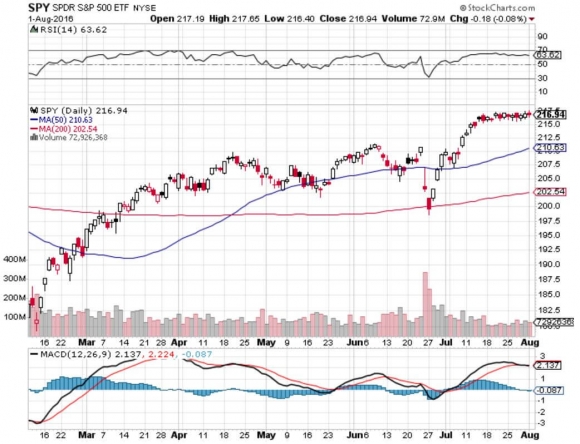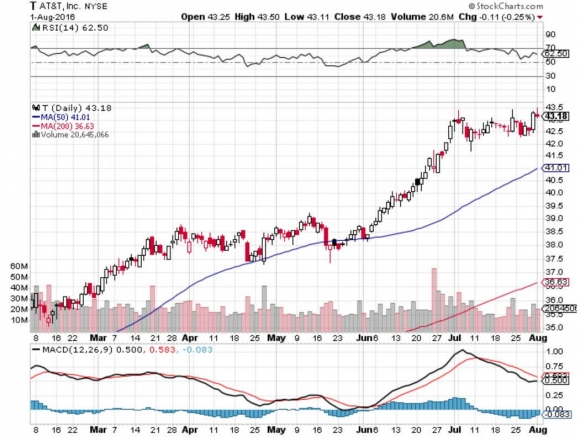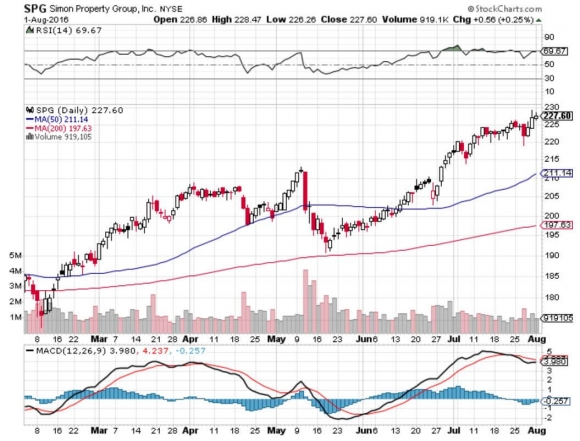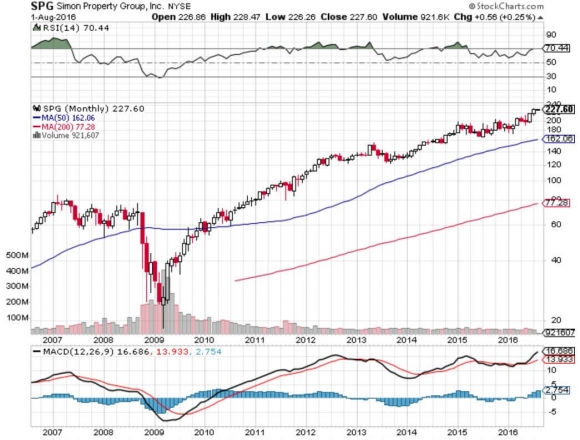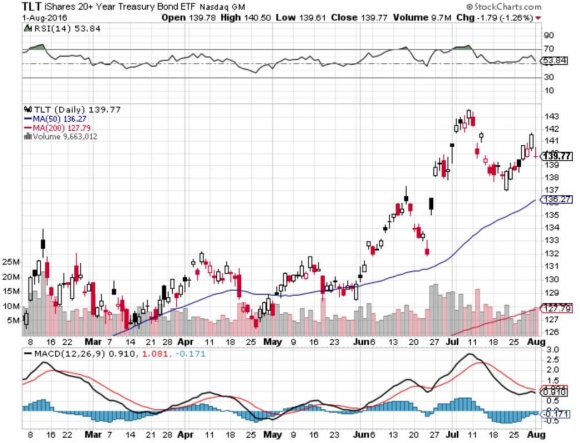The Q2 GDP figure of 1.2% released by the Department of Commerce on Friday couldn?t have been more dismal.
What?s worse, Q1 GDP was revised down from 1.1% to a mere 0.8%.
In fact, these are only the latest in a series of subpar numbers stretching back a year that suggest the American economy is on the edge of falling into a recession.
That is, if the numbers are to be believed.
All asset classes behaved in a classic ?RISK OFF? fashion, as expected.
US Treasury bonds (TLT) brought in a banner day, gaining $1.17. Gold (GLD) tacked on $12. The Japanese yen (FXY) rocketed to ?102.18.
All asset classes, that is, except for one: Stocks.
The S&P 500 printed another new all time high of $217.54 intraday.
So are stocks now the new ?RISK OFF? asset class? Are equities really the new bonds?
Looking at stock sector performance, one would be forgiven for reaching such an iconoclastic and out of consensus conclusion.
High dividend yielders overwhelmingly dominated the scene.
Duke Energy (DUK) (4.0% yield) popped. AT&T (T) (4.40% yield) soared. Simon Property Group (SPG) (2.93% yield) continued on a tear.
What do all of these companies have in common? They are all decent quality credits that sport dividend yields a MULTIPLE of the current ten-year Treasury bond yield of 1.45%.
I hate to state the obvious, but if it looks like a duck, and quacks like a duck, it?s a bond.
Traveling around the world listening to guests at my Mad Hedge Fund Trader Global Strategy Luncheons, one concern rises above all others.
They want yield, income, and cash flow. The question is even more urgent in Europe and Japan, which suffer negative interest rates.
Even CaLPERS, the state of California?s public employee retirement system, is focused on the issue with a laser like intensity.
In 2015 the giant institution earned a scant 0.50% return on its sizeable $300 billion in assets, dragging its 20-year return down to 7%. The bad news is that CaLPERS has to earn at least 7.5% to meet all of its commitments.
Unless the agency can boost its investment performance, cuts in pension fund payouts are looming. Good luck pulling that off in this environment. Dozens of other states, like New York and Illinois, are in a similar fix.
There is another matter to consider here. The GDP data could be wrong, and wildly so.
I have argued for years that government data collection is unable to keep up with the hyper evolving American economy. The problem is getting worse.
There is no way that the economy of the San Francisco Bay Area is growing at a 1.2% annual rate. Some 5%-6% is more likely. And there are many other parts of the country that are doing well.
The Feds are missing large parts of US business activity because they aren?t aware that it exists. The methods of the green eyeshades are deeply lagging new technology.
And they certainly can?t measure the growing number of online services that are being given away FOR FREE.
So what if stocks really are now bonds?
That puts them on the deflationary bandwagon that has taken bond prices to new 60-year highs and yields to paltry lows. In other words, you can expect them to continue with bond like results.
What will stocks yielding an average 2.50% have to do to match the 1.45% ten-year Treasury yield?
THEY WILL HAVE TO RISE ANOTHER 72%!
Just thought you?d like to know.
